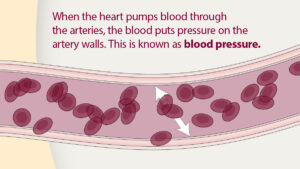Nursing Management: Fractures
Neurovascular assessment
- Peripheral vascular
- Color and temperature
- Capillary refill
- Pulses
- Edema
- Motor function
- Sensory function
- Paresthesia
Nursing diagnoses
- Impaired physical mobility related to loss of integrity of bone structures, movement of bone fragments, and prescribed movement restrictions
- Risk for peripheral neurovascular dysfunction related to vascular insufficiency and nerve compression secondary to edema and/or mechanical compression by traction, splints, or casts
- Acute pain related to edema, movement of bone fragments, and muscle spasms
- Readiness for enhanced self–health management
Nursing implementation
- Health Promotion
- Teach safety precautions
- Advocate to decrease injuries
- Encourage moderate exercise
- Safe environment to reduce falls
- Calcium and vitamin D intake
- Traction
- Inspect exposed skin
- Monitor pin sites for infection
- Pin site care per policy
- Proper positioning
- Exercise as permitted
- Psychosocial needs
- Ambulatory care
- Do
- Frequent neurovascular assessments
- Apply ice for first 24 hours
- Elevate above heart for first 48 hours
- Exercise joints above and below
- Use hair dryer on cool setting for itching
- Check with health care provider before getting wet
- Dry thoroughly after getting wet
- Report increasing pain despite elevation, ice, and analgesia
- Report swelling associated with pain and discoloration OR movement
- Report burning or tingling under cast
- Report sores or foul odor under cast
- Do not
- Elevate if compartment syndrome
- Get plaster cast wet
- Remove padding
- Insert objects inside cast
- Bear weight for 48 hours
- Cover cast with plastic for prolonged period
- Do
Evaluation
- Report satisfactory pain management
- Demonstrate appropriate care of cast or immobilizer
- Experience no peripheral neurovascular dysfunction
- Experience uncomplicated bone healing




